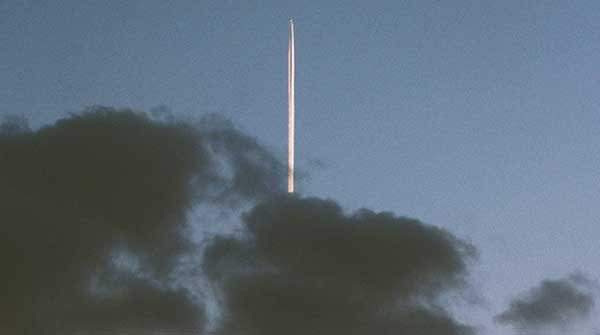Could reduce its daily oil output by as much as seven per cent over the next few weeks
 Slowly but surely, Russia is unveiling its counter-strategy to the U.S.-led moves on the global energy chessboard.
Slowly but surely, Russia is unveiling its counter-strategy to the U.S.-led moves on the global energy chessboard.
Returning the western ‘favour’ of putting a price cap on its crude oil sales for its Ukraine (mis)adventure, Russia – the world’s second-largest crude producer – announced Friday it could reduce its daily oil output by as much as seven per cent over the next few weeks.
This seems to be the opening salvo from Moscow, and more could be in the pipeline.
While revealing its response to the western price cap, Deputy Russian Prime Minister Alexander Novak reiterated it was unacceptable for Russia to be dependent on decisions made by unfriendly countries, state-run news agency Tass reported.
 |
| Related Stories |
| Western sanctions on Russian oil beginning to bite
|
| Ottawa supports lower global energy prices. Just not for Canadians
|
| Putin’s War has dramatically changed the political landscape
|
“We are ready to go for a partial reduction in production,” Novak added. “I assess the risks; when we are at the beginning of next year, we may have a reduction of somewhere between 500,000 to 700,000 barrels per day early next year. This is about five to seven per cent for us,” he said. The proposed cut in Russian output could result in a ‘potential squeeze on global crude supplies’ he underlined.
Russian President Vladimir Putin is also expected to sign a decree this week announcing additional measures to counteract western moves to cripple the Russian earnings from its crude and gas sales.
During a press conference last Thursday, Putin underlined that the U.S.-led measure was ‘an attempt to administratively regulate (global crude oil) prices’ and would not lead to anything good in the gas and oil sectors.
Market reaction to this ongoing tussle between one of the world’s leading crude producers Russia and its western customers was almost immediate. Oil prices settled about $3 per barrel higher on Friday for a second straight week of gains after Moscow announced the possibility of cutting its output in response to the G7 price cap on Russian crude exports. After all, in a tight demand-supply balance, the world needs Russian oil.
Further, given China’s struggle to reopen its economy after two years of harsh zero-COVID lockdowns, a possible uptake in China’s crude demand cannot be ruled out. And the U.S. decision to refill its strategic petroleum reserves could also impact the market balance negatively, resulting in a possible price spike shortly.
Novak also added the decree promised by Putin on Thursday in response to western sanctions was to be made public soon. According to Tass, the official Russian news agency, “… a presidential decree is being prepared now. It has already been practically agreed upon and is being finalized.”
“As part of this decree, there will be a ban on the supply of oil and oil products to those countries and those legal entities that will demand in contracts that the price ceiling introduced by the European Union,” he added.
Given the uncertainties that face the market, Russia’s allies in the expanded Organization of Petroleum Exporting Countries (OPEC+), especially Saudi Arabia, have no choice but to remain proactive, the Saudi Arabian oil minister Prince Abdulaziz bin Salman underlined last week. This is not good news for common consumers.
Crude oil prices could reach $121 per barrel when China’s economy reopens and a string of Covid-related restrictions are lifted, Daniel Yergin, vice chairman of S&P Global, told CNBC.
China is the world’s largest crude buyer. “If China gets over Covid … then you add a lot of demand to the market,” Yergin explained, also saying that S&P Global’s base case for oil prices remains $90 per barrel of Brent, although there is a downside potential for a slump to $70 per barrel. The cheaper-oil scenario would play out in case of a global recession, he clarified.
According to an S&P Global forecast, China’s crude oil demand could rise to 15.7 million barrels daily next year (2023), which would be a 700,000 barrels per day increase over 2022. Meanwhile, global crude supply remains tight, as underinvestment in new output keeps a lid on supply growth.
Any tinkering with global supply could be disastrous for the markets. Putin’s response to western sanctions may not be easy for the markets to handle.
Toronto-based Rashid Husain Syed is a respected energy and political analyst. Energy and the Middle East are his areas of focus. Besides writing regularly for major local and global newspapers, Rashid is also a regular speaker at major international conferences. He has provided his perspective on global energy issues to the Department of Energy in Washington and the International Energy Agency in Paris.
For interview requests, click here.
The opinions expressed by our columnists and contributors are theirs alone and do not inherently or expressly reflect the views of our publication.
© Troy Media
Troy Media is an editorial content provider to media outlets and its own hosted community news outlets across Canada.

